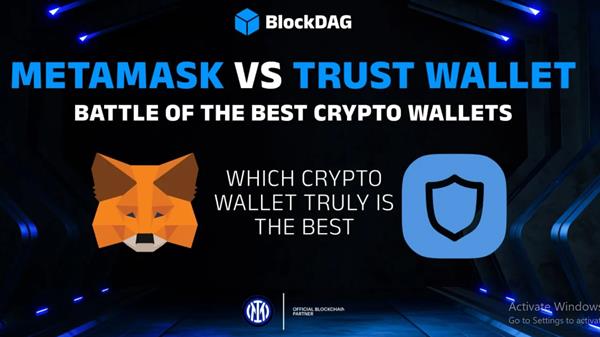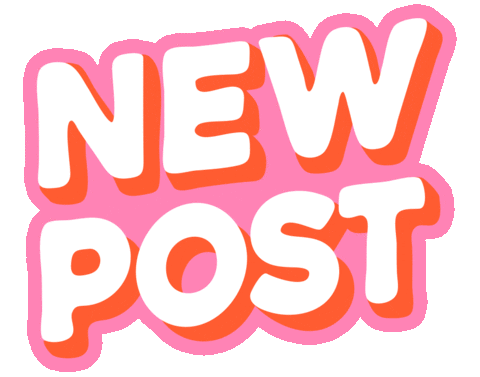MetaMask Vs Trust Wallet: Battle of the Best Crypto Wallets
1. Introduction: Choosing the Right Crypto Wallet Matters
In the rapidly expanding world of cryptocurrency, selecting the right wallet can significantly influence how users manage their digital assets. With the increase in decentralized applications (dApps), staking, and DeFi services, wallets are no longer just tools for storage—they’re gateways into the entire crypto ecosystem. Among the top choices for non-custodial wallets are MetaMask and Trust Wallet, both of which serve millions of users across the globe. Each wallet is packed with features that cater to the demands of today’s crypto investors. This blog will explore and compare metamask vs trust wallet in-depth to help you decide which one suits your needs best.

2. MetaMask Vs Trust Wallet: Blockchain Compatibility
MetaMask began as an Ethereum-only wallet but has grown to support other EVM-compatible blockchains like Binance Smart Chain and Polygon. However, these additional networks must be manually added by users. This can be a hurdle for beginners but gives advanced users more control over custom configurations.
On the other hand, Trust Wallet supports multiple blockchains by default, including Ethereum, Binance Chain, Solana, and other Layer-1 protocols. It provides instant access to various networks without requiring manual setup, making it a more convenient choice for users who frequently use multiple chains.
3. Token Swapping: Integrated Convenience
Both wallets offer integrated token swapping functionality. MetaMask focuses mainly on Ethereum-based tokens, providing swaps through its interface, which taps into several decentralized exchanges for better rates.
Trust Wallet, however, offers greater token swap flexibility, supporting not just Ethereum tokens but also assets on Binance Smart Chain and other networks. This gives Trust Wallet an edge for users dealing in multi-chain token trading.
4. NFT Handling: A Clear Winner
When it comes to NFTs (Non-Fungible Tokens), both wallets provide basic support, but there’s a clear difference in user experience. MetaMask is more tailored for Ethereum-based NFTs and lacks a comprehensive user interface for managing collectibles on other chains.
Trust Wallet delivers a more refined NFT experience by supporting a broader range of blockchains. This makes it an ideal choice for NFT enthusiasts who collect across different ecosystems, including BNB Chain and Solana.
5. dApp Browsing: Bridging Web3 Interaction
MetaMask is renowned for its browser extension, which makes interacting with Web3 and DeFi applications on desktops seamless. Its Chrome and Firefox extensions are among the most widely used in the crypto world. It also offers a mobile version with a built-in DApp browser.
Trust Wallet counters with its own in-app dApp browser and a desktop extension, providing users with similar access to decentralized platforms. While MetaMask leads in desktop-based interactions, Trust Wallet performs better for mobile-centric users.
6. Staking Features: Earning While Holding
Trust Wallet excels in staking functionality, offering native support for coins like BNB, XTZ, and others. Users can earn passive income directly within the wallet, which is a major plus for long-term holders.
MetaMask has also introduced staking options, mostly centered around Ethereum. Users can engage in liquid, combined, and validator staking through the wallet. However, its staking support is still developing and not as broad as that of Trust Wallet.
7. Security: Open-Source and Non-Custodial
Both MetaMask and Trust Wallet are non-custodial wallets, meaning users control their private keys. Their open-source nature allows developers to audit the code for vulnerabilities.
From a security perspective, both wallets face similar threats such as phishing attacks and malware scams, often stemming from user negligence. Regardless of the wallet chosen, users must follow best practices like enabling biometric authentication and never sharing seed phrases.
8. User Experience: Simplicity vs Customization
MetaMask’s interface is clean and straightforward, but adding non-Ethereum networks requires some manual effort. This can be challenging for beginners but offers customization for experienced users.
Trust Wallet is known for its intuitive design and easy setup. With automatic blockchain recognition and simplified network access, it’s an excellent option for users who want a plug-and-play solution.
9. Transaction Costs: Comparable Pricing Models
Transaction fees in both MetaMask and Trust Wallet are not controlled by the wallets themselves but depend on the underlying blockchain network congestion. Both apply small swap fees when using built-in exchange services. Overall, there is no significant difference in cost between the two.
10. Final Verdict: Which Wallet is Best for You?
So, which wallet takes the crown—MetaMask or Trust Wallet? The answer depends on your individual needs.
Choose MetaMask if:
-
You are deeply involved in Ethereum DeFi projects.
-
You prefer desktop usage and want a strong browser extension for accessing DApps.
-
You don’t mind manually adding networks and want fine control over settings.
Choose Trust Wallet if:
-
You want a mobile-first wallet that’s easy to use.
-
You engage with multiple blockchain networks and NFT collections.
-
You prefer integrated staking options for earning passive income.
Each wallet excels in different areas, and many users even use both depending on the situation. Your choice should align with your crypto usage patterns, technical comfort level, and long-term investment strategy.
11. The Future Beyond Wallets: Enter BlockDAG
While MetaMask and Trust Wallet dominate the current wallet landscape, a new frontier is emerging in the blockchain world—BlockDAG. Combining the power of blockchain with Directed Acyclic Graph (DAG) architecture, BlockDAG presents a hybrid model that enhances speed, scalability, and decentralization.
With more than $216 million raised in its ongoing presale and over 19.3 billion tokens sold, BlockDAG is gaining serious momentum in the market. Currently in Batch 27, each BDAG token is priced at $0.0248, making it attractive to early investors.
12. Mining Opportunities with BlockDAG
BlockDAG offers two powerful mining devices. The X10 miner, a compact unit, can yield up to 200 BDAG per day, while the X100 miner, a high-performance ASIC, can produce up to 2,000 BDAG daily. With more than 15,850 units already sold, BlockDAG is successfully building a vibrant mining community.
Additionally, their mining calculator enables users to estimate potential profits based on energy costs and performance—making mining accessible even for beginners.
13. Growing Community and Strategic Partnerships
BlockDAG is more than just a crypto platform; it’s a global community-building initiative. Through its Ambassador Program, users can actively participate by promoting the project, organizing educational events, and engaging with new users.
The team is also securing strategic partnerships with established companies, strengthening BlockDAG’s credibility and adoption across various industries.
14. Conclusion: Wallets Are Just the Beginning
MetaMask and Trust Wallet offer robust solutions for crypto asset management, staking, and dApp access. However, the crypto landscape is continuously evolving. Innovations like BlockDAG signal a shift toward faster, more scalable solutions beyond just wallets.
As the industry progresses, users should not only pick the best tools for today’s needs but also stay informed about emerging technologies that could define tomorrow’s blockchain experience. Whether you're holding tokens, mining new coins, or exploring DeFi, the future is decentralized—and it’s just getting started.





